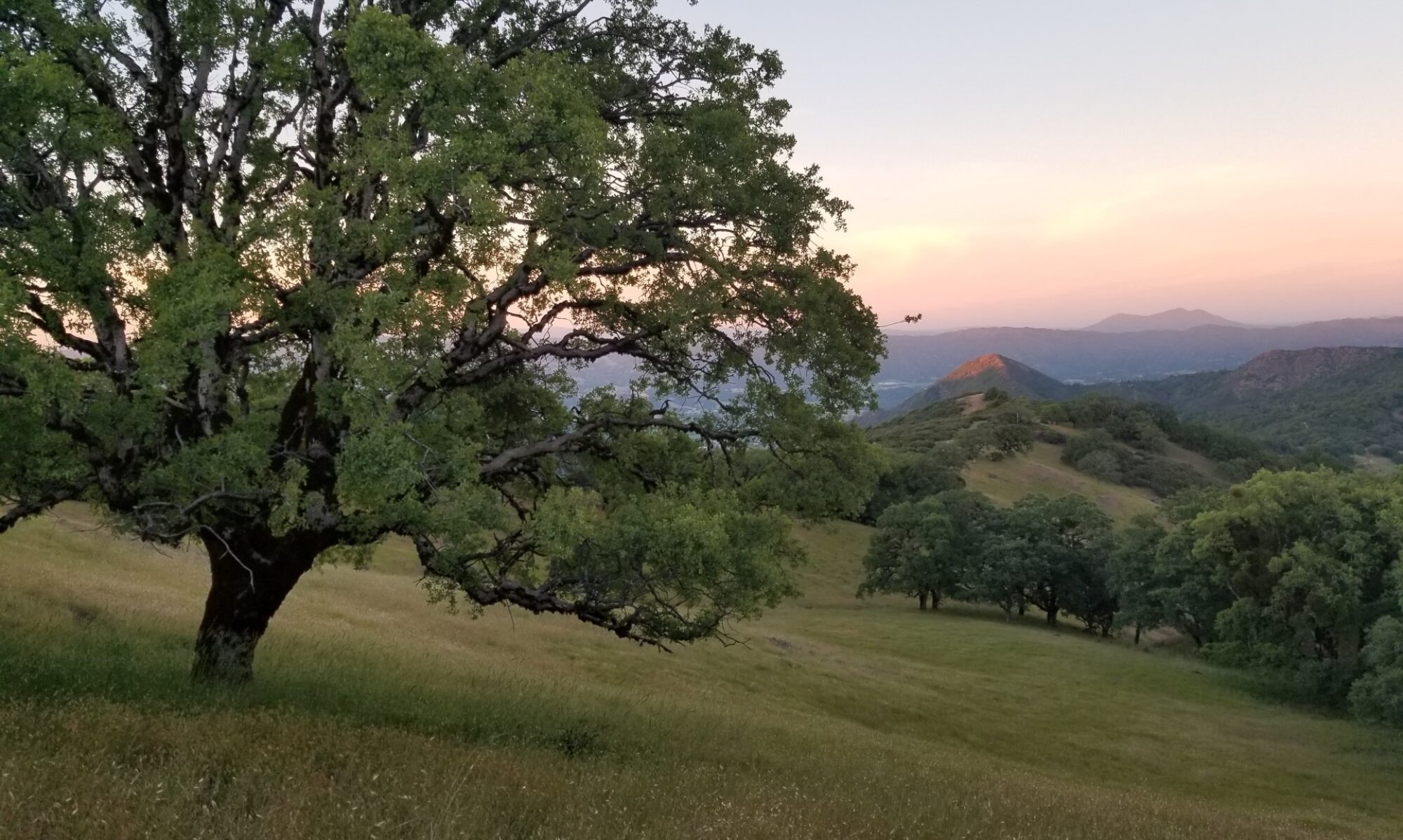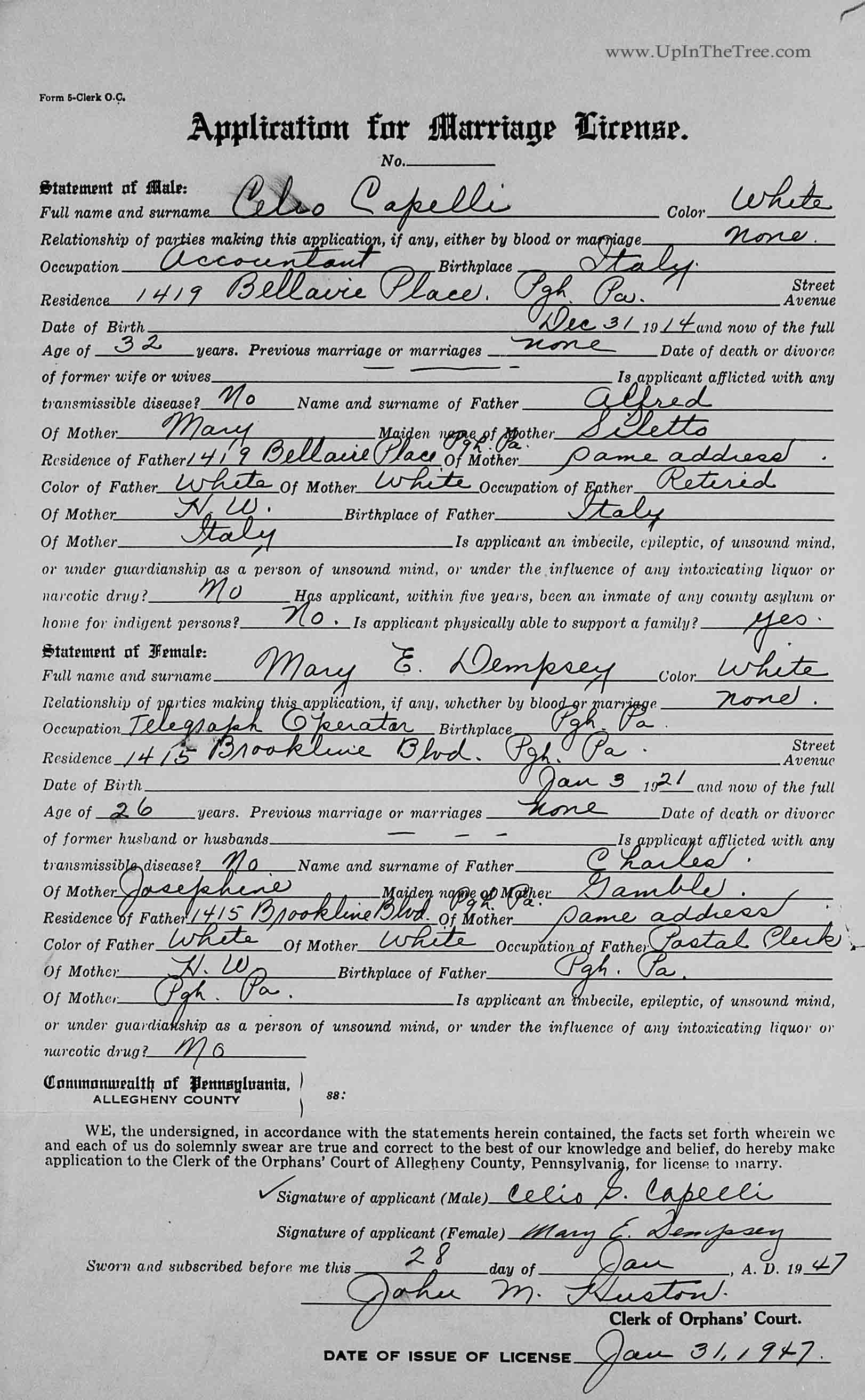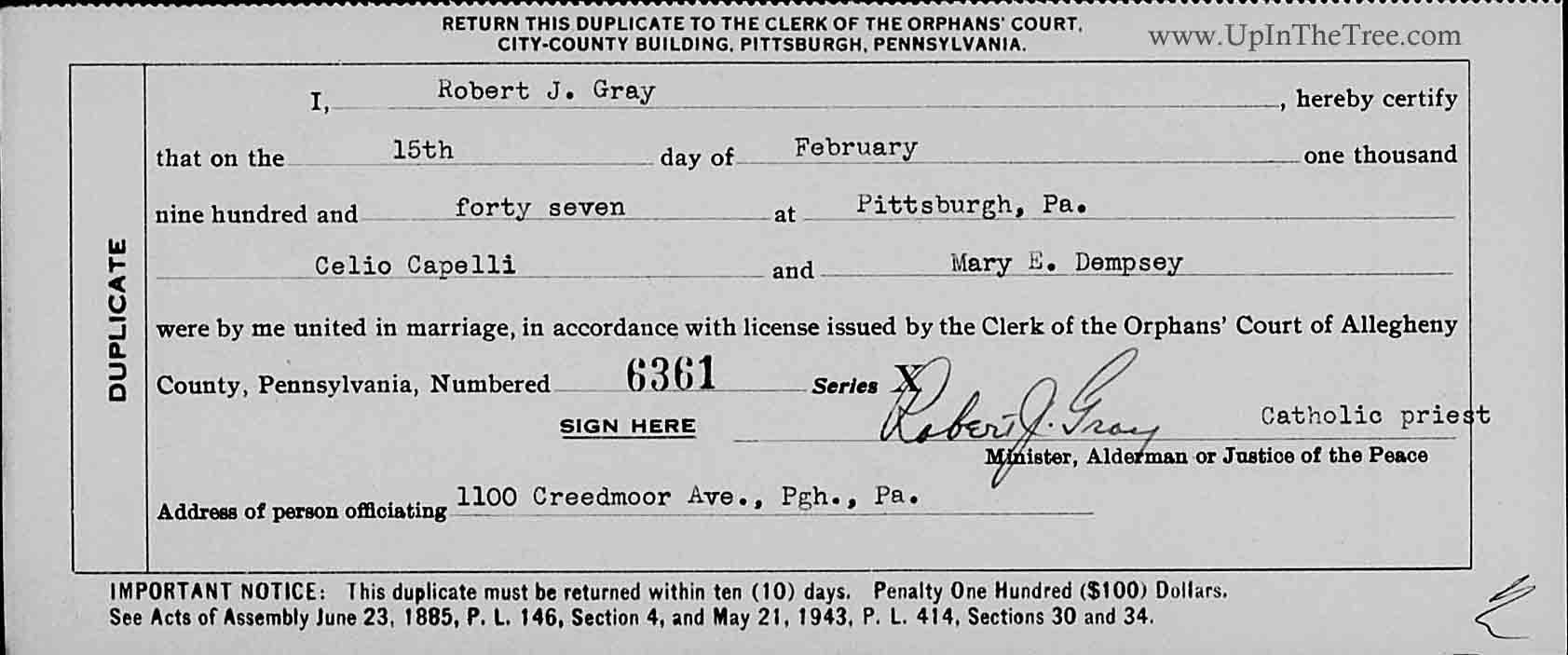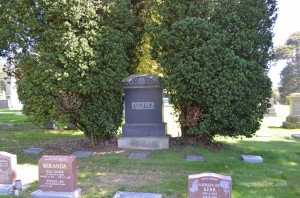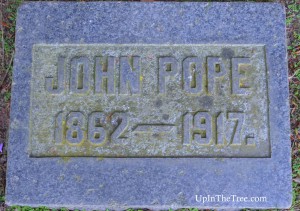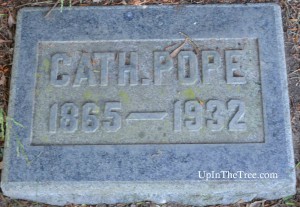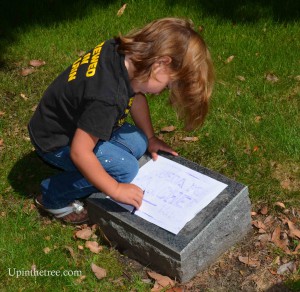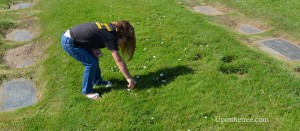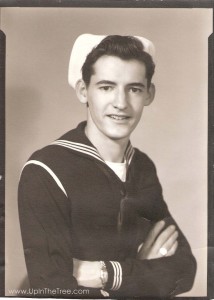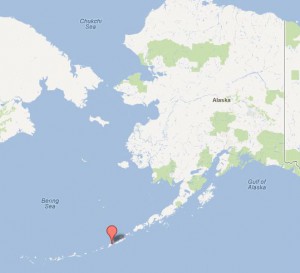My mother-in-law has told me that she wants to visit Hungary next year. This is the land of her paternal line. The only problem is that we do not know anything beyond her grandfather. It is time to break down a wall! I have to admit that I have not put much effort into this wall because it seems to be made of Eastern European concrete at first glance.
Her father, Walter, was born in Indiana in 1924 to Louis and Mary Radvanyi. Walter (Wally) was the 4th child and second son born to Mary and Louis. His siblings were Julia, William, Violet, Gloria, and Angeline.
Family lore has Louis illegally immigrating to the United States around 1900 through Canada. It also states that Louis came to the U.S. as a spy for Hungary and died when he quit being a spy in the 1930’s. This story was told to my mother-in-law by her Aunt Julia (the oldest child).
What we do know is that Wally’s birth certificate confirms the names of his parents. I have found Louis Radvanyi’s WWI Draft Registration Card. It places Louis in Whiting, Indiana working for Standard Oil. His birthdate is listed as December 28, 1883. His nearest relative is his wife, Mary. I have also found a marriage index that lists the marriage between Louis Radvanyi and Mary Nagy on November 21, 1914.
I have located the family in the 1920, 1930, and 1940 US Federal Census enumerations. The 1920 census lists Louis and Mary along with their children, Julia and William. There are three boarders living with the family. This census also indicates that Louis came to the US in 1904.
The 1930 census again confirms known information about the family. The family is listed as Louis, Mary, Julia, William, Violet, Walter, Gloria, and Angeline. The family last name has lost its “i.” This census puts Louis’ arrival in 1903 and Mary’s arrival in 1889. The birthplace is listed as Hungary for Louis and Austria for Mary.
The 1940 census brings sad news. Mary is now a widow and her son William, now 23, is the sole breadwinner for the family. My mother-in-law remembers stories her father told of the poverty his family faced during this time period.
I have also found Mary in the 1910 census with her parents, John and Elizabeth Nagy. Mary is the oldest of six children. The year of birth (1888) matches known information. Her parent’s birthplace is listed as Hungary/Maygar. Mary is the only child in the family to be born in Hungary. All of her siblings were born in Indiana. This matches the information regarding arrival in the US found on the 1930 census.
I was unable to locate Louis Radvanyi in the 1910 census. I am also unable to locate John and Elizabeth Nagy and their family in the 1900 census.
The 1920, 1930, and 1940 census enumerations indicate that both Louis and Mary became naturalized citizens at some point. I have tried to get copies of their records through NARA. They were unable to locate any paperwork.
Did I mention that I do not know when Louis Radvanyi died? The best information I have been given is that Wally was young. For now, I have a ten year range to work with.
My plan of attack is to start catching up on some vital records. I have sent requests to the State of Indiana for death records for Louis, Mary, and William (the older son). I have also sent a letter to Lake County to get a copy of the marriage certificate for Louis and Mary. Lastly, I have sent off to the Hammond Public Library in Lake County for copies of the obituaries of Mary and William. I also need to follow-up with the State of Indiana to see if they have any naturalization records for Mary and Louis.
I am hoping that this first round of attack helps take large chunks out of my wall. I will keep you updated how my search progresses.
